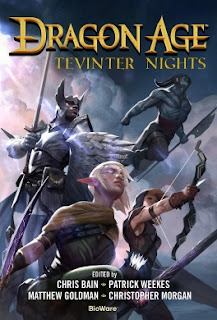What builds character?
In the fictional sense, I used to assign a star sign and read my fictional character's horoscope and all their astrological compatibilities and incompatibilities. I also put a lot in store by what he had in his pockets or she had in her handbag or purse.
I've got a new one. Just as there are said to be--in fiction--Twenty Master Plots, some psycho-therapists claim that there are sixteen personality types.
As for character in real life, according to Hillsdale College, character is built from the study of the highest things, of the great, the good, and the beautiful in art and literature and philosophy.
https://www.openbible.info/topics/character_development
"The Bible has a lot to say about how suffering produces godly character. In Romans 5:3-4, it says, “We can rejoice, too, when we run into problems and trials, for we know that they help us develop endurance. And endurance develops strength of character, and character strengthens our confident hope of salvation.”
https://www.str.org/w/suffering-adversity-and-character-development
Suffering, adversity, endurance, being misunderstood certainly make for a hero or heroine's interesting back story.
I rented INVICTUS last night (on Amazon Prime TV). I've seen it 3x before, but it is quite the study in character, inspiration, and the power of forgiveness and kindness.... also, how supporting a nation's sports team can unite a divided nation.
Happy New Year to everyone.
All the best,
Rowena Cherry







































